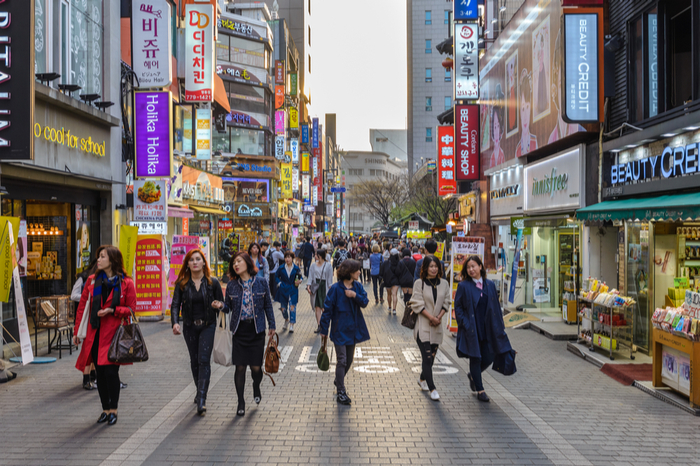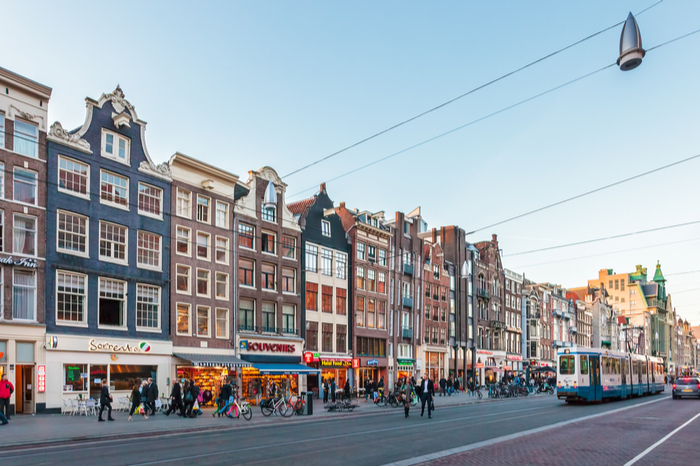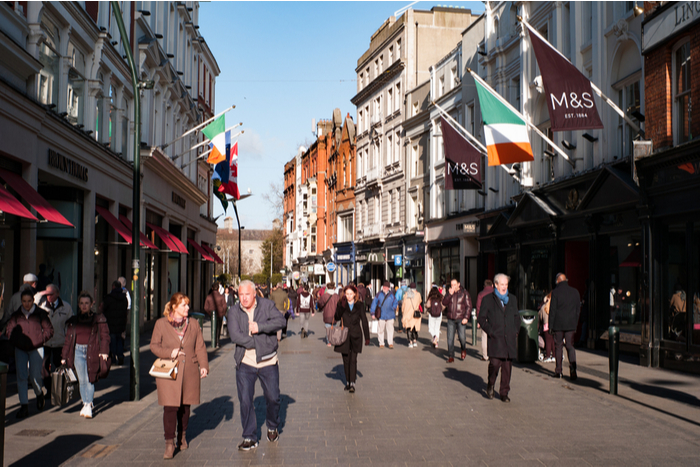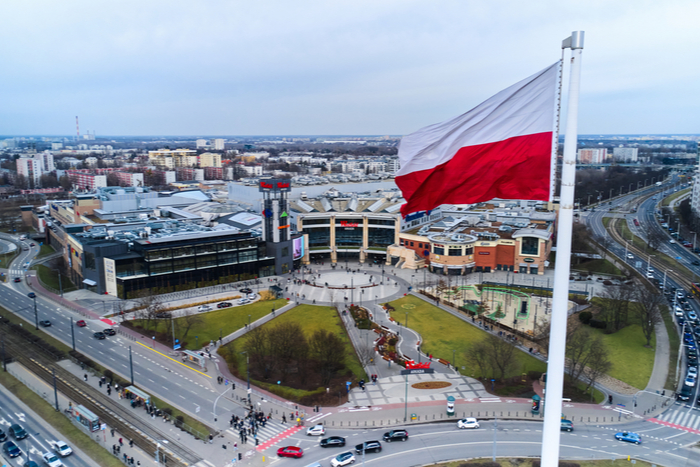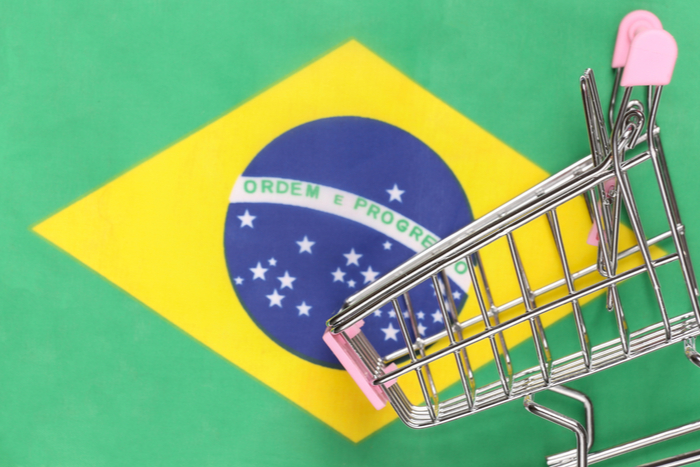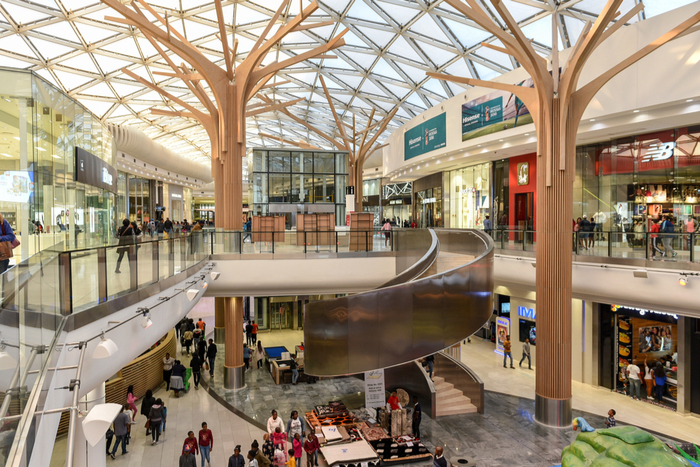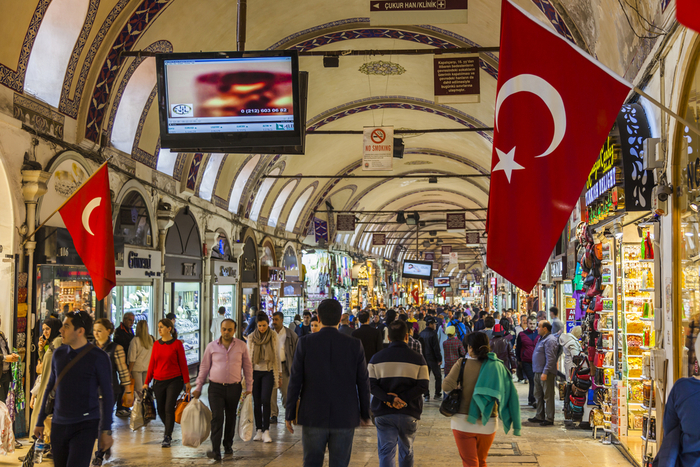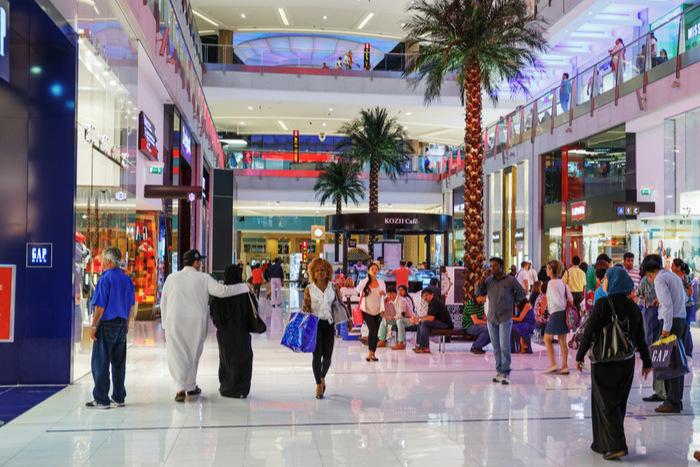The South Korean retail industry is one of the largest markets in Asia. Hypermarkets, supermarkets, convenience stores and online retailing have rapidly grown over the years, and in terms of its economic size, South Korea ranks fourth in Asia and 12th worldwide, according to investment firm CBRE.
South Korea’s retail market is saturated with domestic players, mainly conglomerates such as Lotte, Hyundai, Shinsegae, GS, CJ, and E-land, which own multiple retail channels. These firms are known for their strong financial capability and huge organisational capacity.
Despite having the fourth largest economy in Asia, South Korea saw its retail sales drop by 8.1 per cent year-on-year in March, compared with a 4.8 per cent decrease in the previous month, according to CEIC. Undoubtedly, the coronavirus pandemic has dragged demand and it was the sharpest decline since November 1998.
However, South Korean marketing firm Cheil Worldwide’s creative director Alvin Chan said that despite the “bleak headlines”, the South Korean retail sector “feels completely different”.
“Thanks to the very effective measures taken to contain Covid-19, nothing is closed – it very much feels like business as usual,” he told Retail Gazette.
“There has been more online selling than usual during the Covid-19 outbreak but the difference in South Korea, compared to Europe, is that it’s not a case of loads of traditional retailers trying to transform overnight – it’s been more a shift of gears, and a huge success.”

Chan added that the pandemic has “accelerated the ecommerce growth” and Coupang – which is South Korea’s largest online retailer – saw its daily orders increase from two million to three million since the outbreak.
In fact, experts have told Retail Gazette that South Korean consumers are very much submersed in technology and make sure to always keep up with the latest trends.
Dominika Kustosz-Lee, consultant at global tech firm Intralink, said the typical South Korean consumer does most of their shopping online.
“Every retailer that matters has an app that’s fast and easy to use. South Korean consumers don’t have the patience for slow connections or technical issues,” she said.
“They expect top-notch technology or they’ll take their custom to competitors. The mobile app is where it’s really at.
“Speedy delivery is vital. The reason Coupang is now the leading online retailer is thanks to its same day/next day delivery service.
“Competitors can’t keep up with the firm as they don’t have a good enough fulfilment system outside Seoul.”
An increasing number of major Korean retailers have drawn on digital technologies to provide a better shopping experience for customers.

As a case in point, Lotte launched its smart shopping service Smart Shopper in 2016 at its food stores of Lotte Department Store.
The service replaced the physical shopping carts with a shopper handheld scanner device, which meant customers could complete the payment at dedicated self-checkout terminals by tapping the handheld device against readers. After the payment, they can have their purchases delivered home.
Hyundai Department Store (not to be confused with the vehicle manufacturer and brand) is another major retailer that introduced a quick search service called Smart Finder”, with which shoppers can find products at Hyundai’s online store.
Smart Finder can analyse the designs, colours, and patterns of the products in the photos uploaded by shoppers and recommend similar products, saving up to 50 per cent on searching time.
Nevertheless, with the growing demand of online retailing in South Korea, ecommerce platforms such as WeMakePrice, TMON, and Coupang have become major online channels since their founding in the early 2010s.
Many foreign retail stores are present throughout South Korea, but most of them partner with Korean conglomerates. Boots and Flying Tiger, which are found in the UK, are some examples of foreign retailers with Korean licensing or importing partners.

Big 4 grocer Tesco entered South Korea on the heels of France’s Carrefour and Walmart of the US, at a time when the world’s biggest retailers charged into what had become recognised as one of the most lucrative consumer markets.
Tesco bought Korean discount chain Homeplus in 2008, and tried to win over shoppers by making its new business as South Korean as possible from the start. It launched it as a joint venture with Samsung Corporation, a construction-focused unit of the country’s biggest business group.
Samsung put most of its small retail operation — two existing Homeplus stores, and the crucial distribution business — into the joint venture, while Tesco invested £130 million to take an 81 per cent stake.
However, the Homeplus deal saw Tesco report a record pre-tax loss of £6.4 billion at one point – the biggest loss by a UK retailer and one of the largest in South Korea’s corporate history. The grocer eventually sold Homeplus to South Korean buyout firm MBK Partners for £4.2 billion in 2015 to shore up its balance sheet.
“In South Korea, trusted, home-grown retailers rule supreme”
For Tesco to have seen some success in the east Asian country, it may have had to create a new brand for the Homeplus virtual stores. These would have remained independent from the Homeplus brand and therefore limited the risk to the Homeplus chain by increasing prices.
Chan argued that due to the exponential growth of online shopping, traditional retailers, especially megastores, are on the verge of crisis in South Korea.
“The grocery market which used to be dominated by these traditional retailers is quickly shifting towards online with same day/before the dusk delivery services,” he said.
“With the Covid-19 outbreak, 2020 is going to be a critical year that defines the fate of traditional retailers.
“Consumer confidence is at the lowest due to the pandemic so no one is doing ‘well’.”
Chan added that patriotism was usually the reason why Koreans gravitate towards their own brands.
“Koreans went on a boycott against Japanese brands/trips to Japan for the 2019-2020 Korea-Japan trade dispute and major Japanese retailers saw dramatic plummets on revenues,” he explained.
“The most well-known failure case will be Carrefour with lack of effort for localisation – shelf height too high for Koreans, ‘European’ assortments and display.”
Meanwhile Kustosz-Lee argued that patriotism was the main reason why western retailers such as Tesco have tried to go it alone in the Korean market, although this proved to be near impossible.
“South Koreans expect top-notch technology or they’ll take their custom to competitors”
“In South Korea, trusted, home-grown retailers rule supreme,” she explained.
“Any western brand looking to find a route to Korean customers would be wise to partner with an established Korean brand, one way or another.”
The South Korean retail industry appears to be highly competitive and fast-moving. Over the past decade, it has advanced rapidly and has been shaped by constant innovation, technology and westernisation. To be successful, retailers must observe the country’s cultural norms and consumer preferences.
South Korean consumers’ shopping habits and behaviours are impacted by several key factors – extensive use of technology and connectivity, long working hours/busy lifestyle and the extensive travel time on public transportation. South Koreans have some of the longest working hours in the world, and young, upwardly mobile executives often too busy to go shopping for grocery at a bricks-and-mortar store.
For UK retailers, entering a new market means having to understand and analyse consumer behaviour trends, including shopping habits and purchasing behaviour, to identify who the valued customers are and how they behave – something one of the world’s biggest retailers – Tesco – may have fallen back on with Homeplus.
Click here to sign up to Retail Gazette‘s free daily email newsletter

